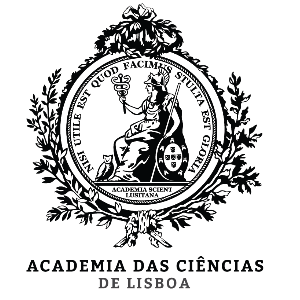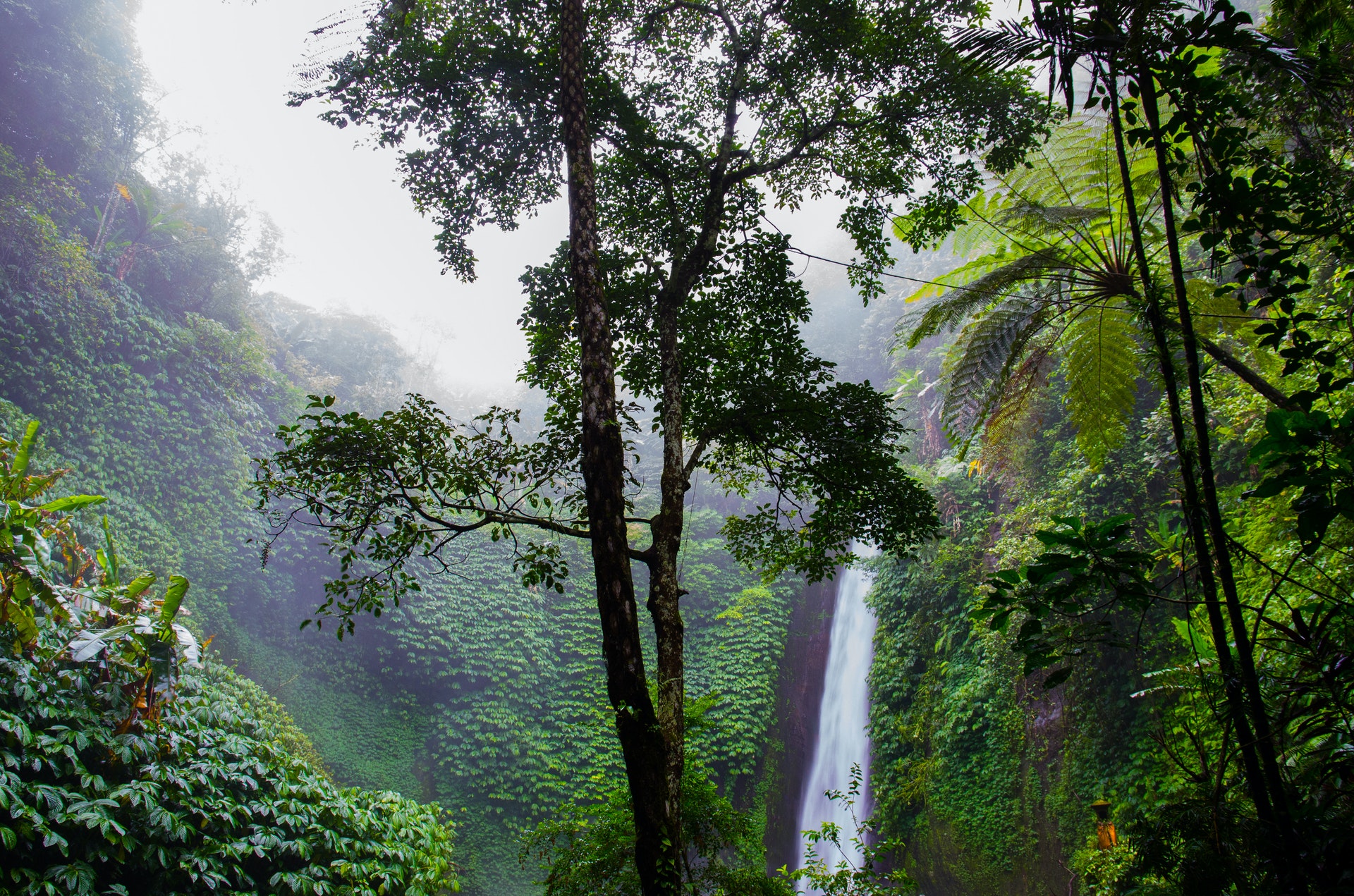
Academy of Sciences of Lisbon, Portugal
1779
Science in Portugal reached its highest point during the 15th and 16th centuries- the era of discoveries - particularly in the areas of astronomy, biology, cartography, cosmography, geography, mathematics, pharmacy and the nautical sciences. There ensued, however, a decline which continued until the mid 18th century. It is generally considered that the revival of sciences began with the reform of the University of Coimbra, brought about by the Marquis of Pombal in 1772, and with the foundation of the Royal Academy of Sciences of Lisbon by the Queen Maria I in December 24, 1779.
Its founding members – the Duke of Lafões, its first President, and the Abbot Correia da Serra, its Second Secretary- envisaged the Academy as an institution which would help to develop science and learning for the progress and prosperity of the country. They guided their actions by the following motto: “Nisi utile est quod facimus, stulta est Gloria” (Unless what we do is useful, our fame is vain) The Academy extended its activity not only to the Natural Sciences, Physics, Chemistry, Mathematics, History and Linguistics, but also to the Applied Sciences, Economics, Agricultural and Industrial Developments, Public Health, Teaching, etc. It was from the “Instituto Vacínico”, an initiative of the Academy, that the Council of Public Health emerged, and the Geological Services of Portugal were created from the Geological Commission of the Academy. Under the auspices of King Pedro V, the Academy organized and provided the installations for the higher Course of Arts, which is nowadays the Faculty of Letters of Lisbon. Since its foundation, in 1779, the Academy has had five different venues, and it was only in 1838 that the old convent of Jesus (a 16th-17th century building) became its definitive seat.




